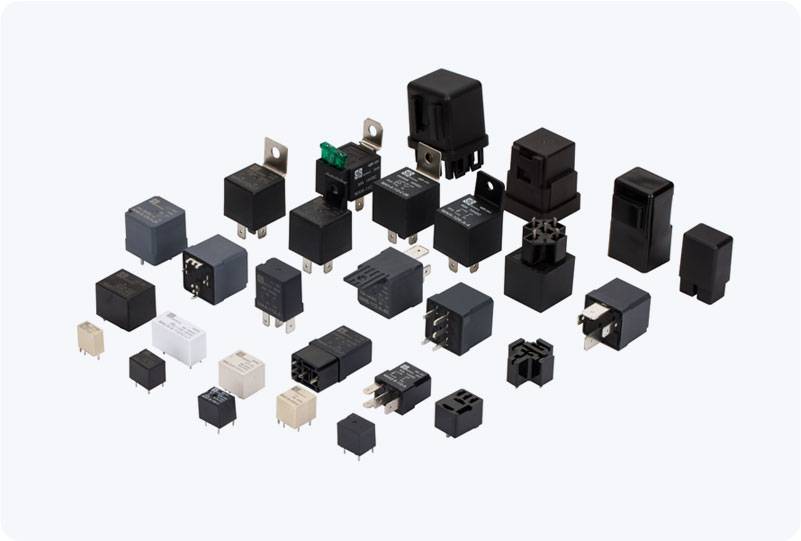A Current Overload Relay is a crucial protection device used in electrical systems to safeguard equipment from damage caused by excessive current. It is primarily designed to monitor the current flowing through a circuit and automatically disconnect the power when the current exceeds a preset value, preventing potential damage to electrical equipment like motors and other devices. This article will explore the importance, working principle, and applications of the Current Overload Relay, shedding light on its essential role in modern electrical protection systems.

The Importance of Current Overload Relays Electrical equipment such as motors, transformers, and circuit breakers are designed to operate within a specific current range. If these devices exceed their rated current, it can lead to overheating, insulation damage, or even catastrophic failure. In such cases, a Current Overload Relay becomes an essential component, offering protection against these dangers. Prevents Equipment Damage: Overloading is one of the leading causes of failure in motors and electrical devices. A Current Overload Relay prevents this by disconnecting the electrical circuit before the overload can cause irreversible damage.